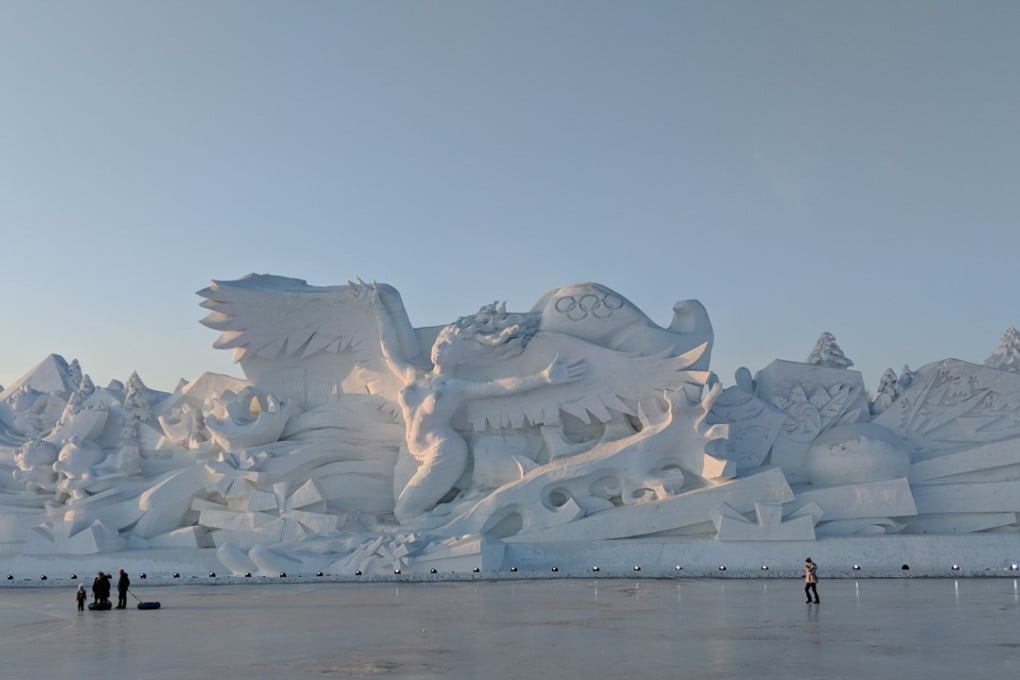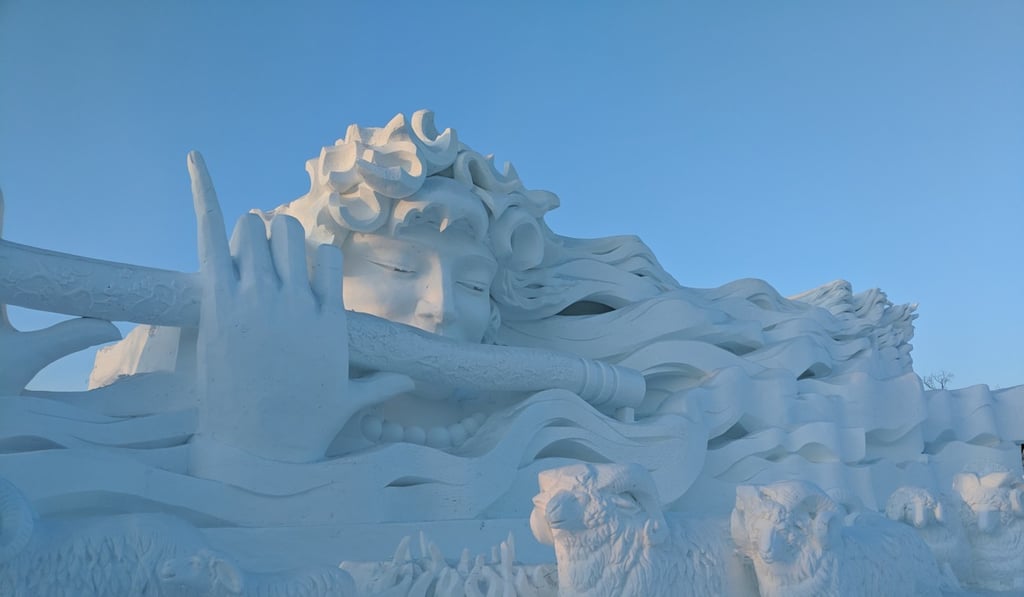At China’s Harbin Ice Festival, you soon learn what cold is – but go prepared, and marvel at sights you won’t find anywhere else
Nothing prepares the unwary visitor for what minus 30 Celsius feels like, but take the right clothes – or do some rapid shopping – and the sights at northern Chinese city’s Ice and Snow World and International Snow Sculpture Art Expo are unforgettable

It takes all of three seconds for the bravado to disappear, for the harsh truth of what minus 30 degrees Celsius (minus 22 degrees Fahrenheit) feels like to sink in.
It’s real. It’s horrible. It hurts.
Not enough to stop taking selfies, of course.
Constantly removing two pairs of gloves to take pictures of one frigid marvel after another during a fleeting visit to the annual Harbin Ice Festival, in northeast China’s Heilongjiang province, means your hands never get a chance to warm up. Soon, they stop working altogether, a pair of frozen KitKats that can snap off at any moment.
Such is the visual magnificence of Harbin’s biggest tourist drawcard.

For years I’d seen the pictures, been dazzled by the artistry of more than 180,000 cubic metres of carefully sculpted ice illuminated with infinite LEDs. So elegant, beautiful … so bizarre.